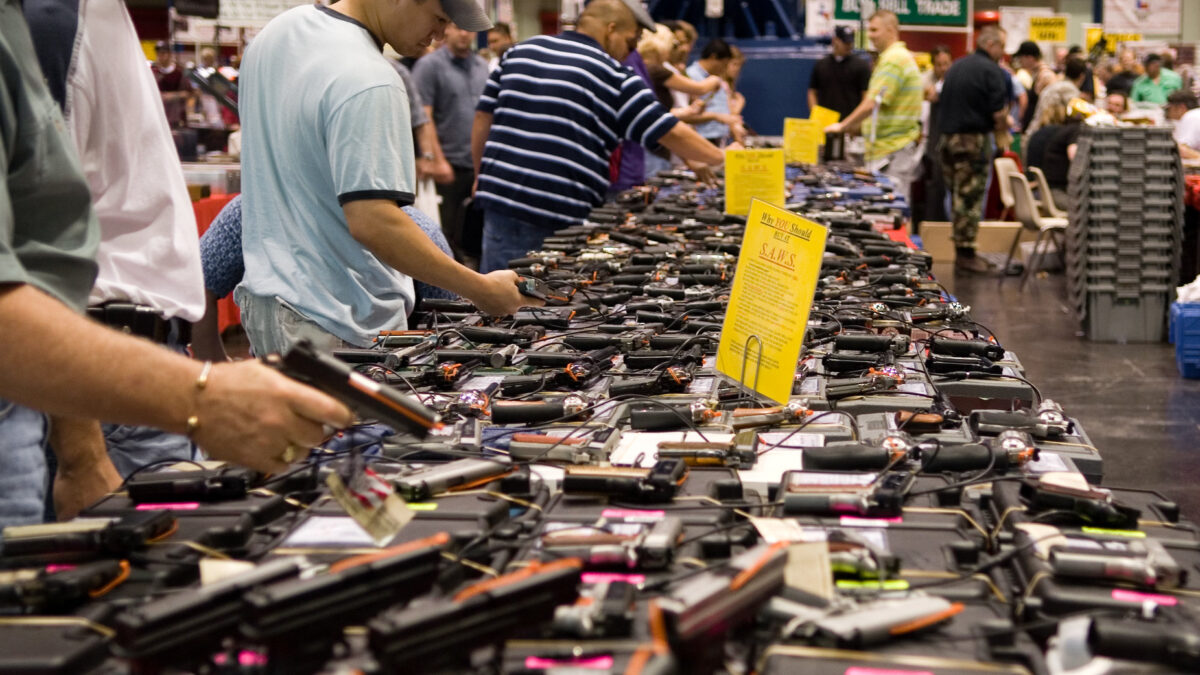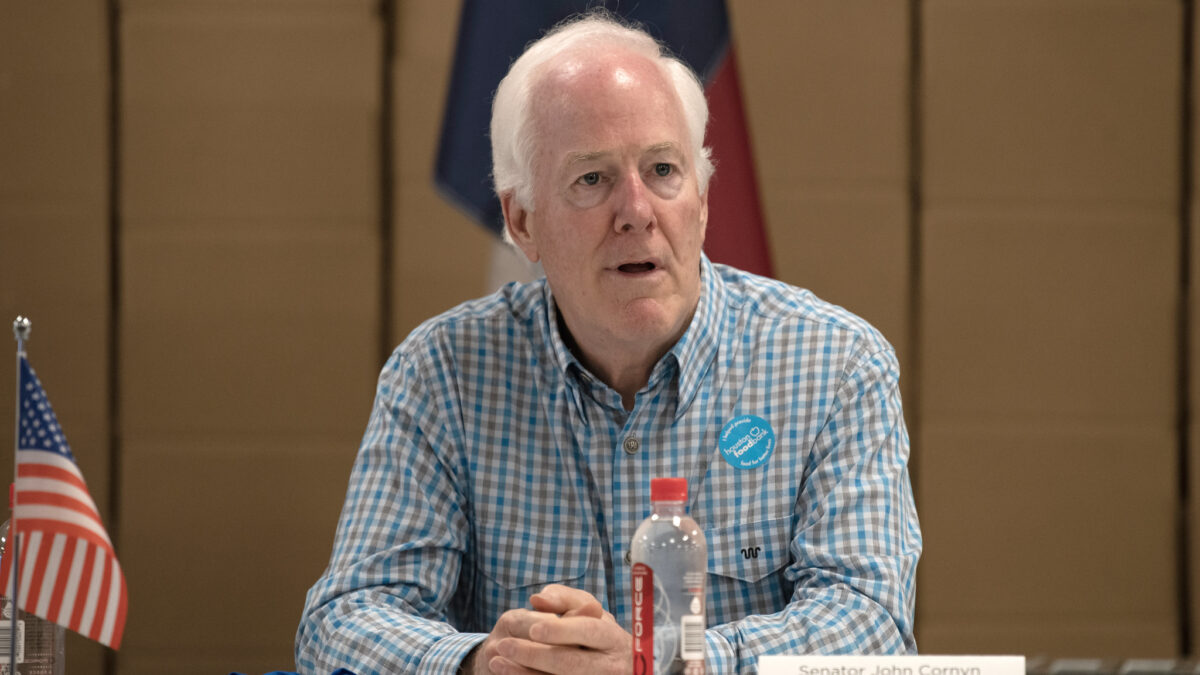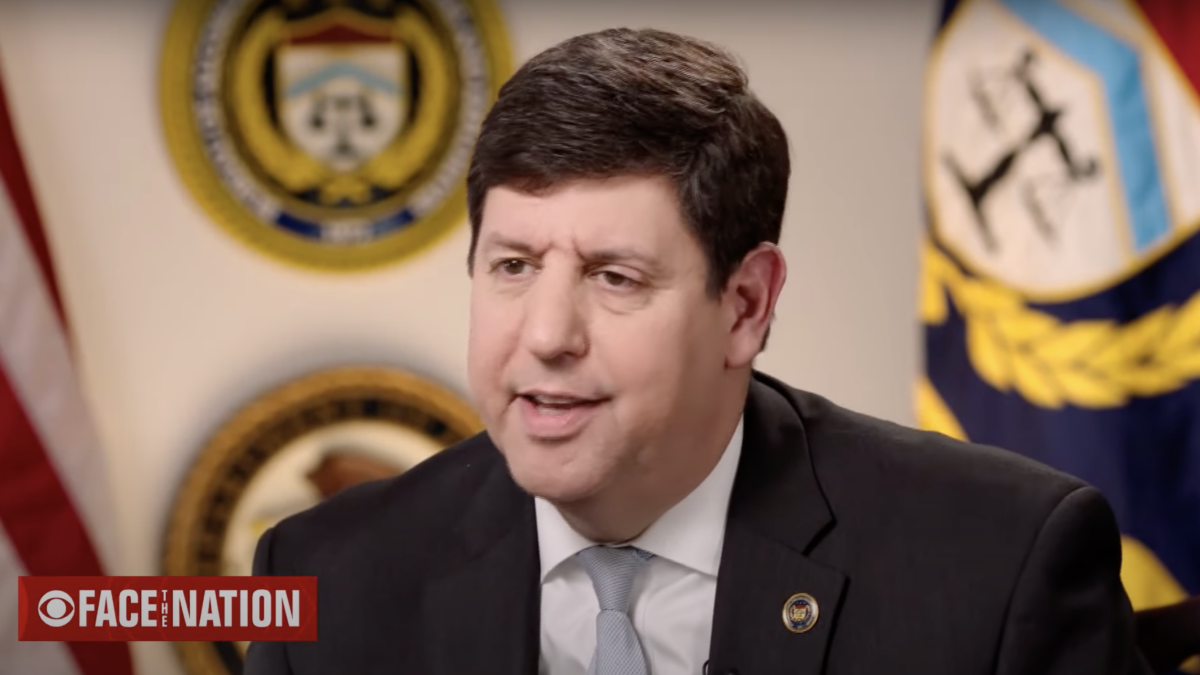“Assault weapons” ban proponents say that such bans will save lives. A recent opinion column published in the Chicago Sun-Times claims that the risk of dying in a mass shooting was 70 percent lower during the 1994-2004 federal assault weapons ban. The column was published while the Illinois state legislature was debating a state-wide assault weapons ban, which passed a few weeks ago.
The study on which that claim was based is flawed and its conclusions unreliable. Yet gun-control advocates such as the Giffords Law Center, Everytown for Gun Safety, and Sandy Hook Promise continue to use the study as they push for more assault weapons bans like the one in Illinois. Legislators, media reports, and opinion writers have cited the study, and the column published in the Chicago Sun-Times has appeared in several media outlets.
The study was produced by Charles DiMaggio, lead author; Michael Klein, the opinion column’s author; and seven other medical professionals. It examined data from three open-source mass shooting databases. The study identified 44 mass shootings from 1981 through 2017 in which four or more fatalities were reported (not including the shooter), resulting in 501 fatalities. It determined that 34 of these shootings were committed with so-called assault weapons, which accounted for 430 (86 percent) of the fatalities.
The study found that mass shooting deaths decreased during the years the federal ban was in effect. It claimed that had the federal ban been in effect for the entire period from 1981 through 2017, it might have prevented 314 of the 448 mass shooting deaths that occurred during the non-ban years.
Defining ‘Assault Weapons’
Measuring the effect of the federal assault weapons ban requires distinguishing mass shootings with assault weapons from mass shootings with non-banned weapons, such as handguns. After all, the point of an assault weapons ban is to reduce mass shootings with the banned firearms.
There is no consistent legal definition of “assault weapon,” so one must look to how each law banning such firearms defines them. An “assault weapon” under the 1994 federal ban included both specific firearms by name and any semiautomatic firearm capable of accepting a detachable magazine and having two or more features such as a folding or telescoping stock, pistol grip, barrel shroud, flash hider, or threaded barrel. Subsequently enacted state and local bans typically require only one such additional feature.
To identify whether a mass shooting occurred with an assault weapon, the DiMaggio study’s authors made no attempt to determine whether the weapons used actually met the 1994 ban’s definition of “assault weapon.” Instead, they simply searched the databases’ text for “AK,” “AR,” “MCX,” “assault,” and “semiautomatic.” (Klein claimed in his column that the authors “chose to use the strict federal definition of an assault weapon,” but this methodology belies that statement.)
Although all assault weapons are semiautomatic, not all semiautomatics are assault weapons. A semiautomatic firearm fires only one round with each pull of the trigger and automatically loads the next round after firing. The federal ban did not apply to all semiautomatic firearms, as the study’s authors assumed, but only to those with detachable magazines and two or more of the specified features. The vast majority of semiautomatic handguns do not have the additional features required by the federal ban.
Study Includes Non-Banned, Common Handguns in Statistics
Using “semiautomatic” as a search identifier vastly overstated the number of mass shootings committed with so-called assault weapons. The study’s weapon data set for the 34 incidents shows that in at least 20 (almost 60 percent) of the shootings, non-banned semiautomatic handguns — in 9mm, .45, and other popular calibers — were wrongly identified as assault weapons. This obviously skewed the study’s results.
Common semiautomatic handguns should never be confused with “assault weapons.” No federal or state assault weapons ban has ever included such handguns.
Perhaps the study’s authors were confused about what constituted an “assault weapon.” This is unsurprising. The term “assault weapon” was popularized in the late 1980s not to address a particular problem, but to enliven a waning gun-control movement by confusing and scaring the public about firearms. A report from gun-control advocacy group The Violence Policy Center explains:
Assault weapons—just like armor-piercing bullets, machine guns, and plastic firearms—are a new topic. The weapons’ menacing looks, coupled with the public’s confusion over fully automatic machine guns versus semi-automatic assault weapons—anything that looks like a machine gun is assumed to be a machine gun—can only increase the chance of public support for restrictions on these weapons.
The study’s misidentification error was pointed out in a public letter to column writer Klein and his study co-authors by University of Massachusetts Professor Louis Klarevas, a well-known academic expert on mass shootings and author of “Rampage Nation: Securing America from Mass Shootings.” After reviewing the study’s data set, Klarevas challenged the study’s conclusions based on this “large number of misclassifications.”
The authors responded: “We make no claim to have retroactively determined whether these guns would have been illegal under the original statutory language.” But both their study and Klein’s column are about the effectiveness of the 1994 federal assault weapons ban.
Ignoring the need for fidelity to what the statute actually banned in determining whether that statute was effective, they claimed that assault weapon definitions don’t really matter, but only the “main message” of the study, which is that “fewer people died in mass shooting incidents during the ban period.”
Data Show More Mass Shootings During Ban
The Violence Project publishes the most comprehensive mass-shooting database. The federal ban became effective on Sept. 24, 1994. In the preceding decade, the Violence Project database shows that 25 mass shootings resulted in 156 total fatalities. Assault weapons were used in six of those shootings with 36 fatalities. During the ban, 33 mass shootings resulted in 173 total fatalities. Assault weapons were used in seven shootings with 42 fatalities. In the post-ban decade, 46 mass shootings resulted in 328 fatalities. Assault weapons were used in eight shootings with 70 fatalities.
The Violence Project database also shows that there were more mass shooting fatalities in the decade during the federal ban (173) than in the decade before the ban (156), which contradicts the DiMaggio study’s “main message.”
Mass shootings with assault weapons also did not spike once the ban expired. Such shootings increased from six (pre-ban) to seven (during the ban) to eight (post-ban) during this 30-year period. The post-ban increase is the continuation of an existing trend.
Mass shootings and fatalities did increase in the decade following the federal ban’s expiration, but that increase is mostly from incidents involving non–assault weapons. Pre-ban, 19 mass shootings with non-assault weapons resulted in 120 fatalities. During the ban, 26 such shootings resulted in 131 fatalities. Post-ban, 38 non-assault-weapon shootings resulted in 258 fatalities.
This all suggests that banning “assault weapons” does not affect mass shootings.
Bans Are Not the Answer
Mass shootings are unspeakable tragedies that take innocent lives, shatter families, and traumatize communities. Nobody wants guns in the hands of mass murderers. But the perception that the problem is with the firearm rather than the shooter obscures the complexities surrounding the actual causes of mass shootings and diverts policymakers from effective prevention measures.
One thing is clear: The search for meaningful solutions is not advanced by studying apples but making claims about oranges.









